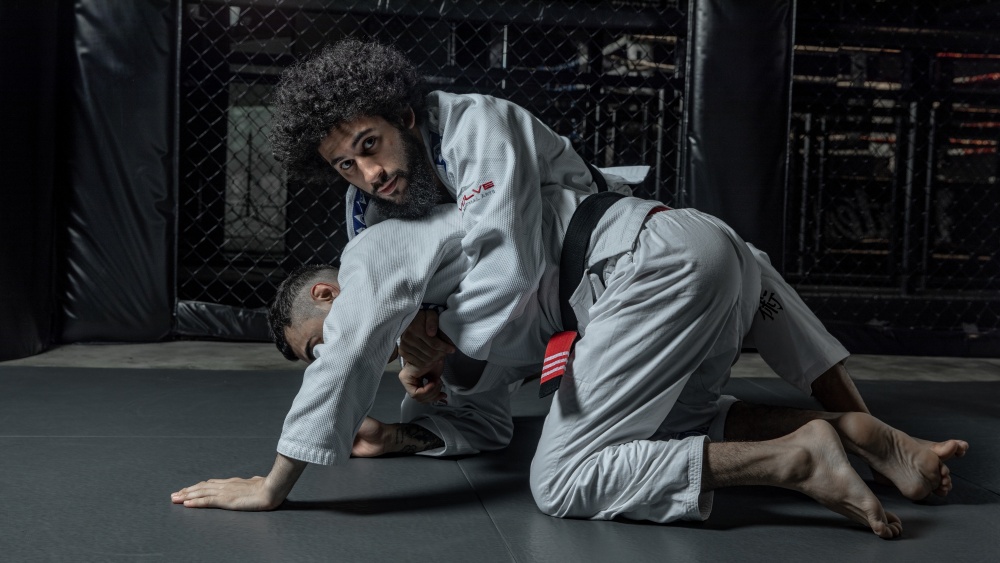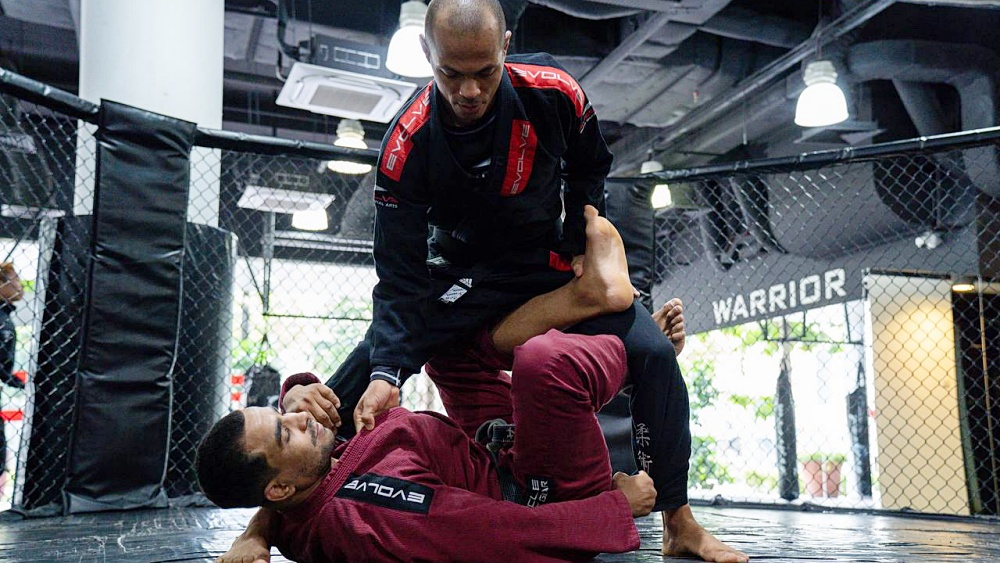Brazilian Jiu-Jitsu is a martial art that significantly emphasizes the value of offensive and defensive positional dominance. Among the diverse positions in Jiu-Jitsu, the turtle position can be particularly challenging and often misunderstood. When a practitioner is compelled to go turtle, they are essentially forced to their hands and knees, thereby exposing their back. Doing so makes them vulnerable to various back attacks from the opponent. However, this seemingly dangerous position can be turned into an opportunity for escapes and counter-attacks with the proper techniques. Today, we’ll discuss a couple of effective turtle escapes in Jiu-Jitsu.
The Importance of Turtle Escapes in BJJ
In BJJ, the ability to escape from compromising positions is as essential as the ability to attack. While defensively sound, the turtle position leaves the practitioner vulnerable to back takes, chokes, and other submissions. Knowing key escapes from the turtle position ensures you can defend against even larger and more technical opponents, recover from tough situations, and eventually turn the tide of a match. The escapes shared in this article will give you the necessary tools to remain safe and stay in the fight. By incorporating these moves into your daily training schedule, you become more accustomed to handling typical scenarios once you go to the turtle position. Let’s now go over the recommended techniques.
Turtle Escapes In Action
In this video, BJJ black belt Marcos Tinoco shares his best turtle escapes and recoveries. Marcos is a high-level competitor and has been a staple of the competition scene for many years. These techniques are a must if you want to level up your defensive game.
1) The Granby Roll
The Granby Roll is a timeless grappling movement that offers a unique solution to the challenges of the turtle position. Named after the Granby High School wrestling team, this defensive move involves doing a shoulder roll that uses momentum to invert and re-guard.
When the opponent presses from the top in the turtle position, perform a shoulder roll as you block the opponent with your body. This inversion creates momentum that allows you to spin, recover guard, or even transition to more dominant positions. Note that Marcos mentions that timing is essential in doing this technique. While the Granby Roll requires a certain level of mobility, it should become a reliable escape from the turtle with consistent practice.
2) The Sit-Out Escape
The sit-out escape is a fundamental movement that originates in traditional wrestling. When trapped in the turtle position and the opponent on top performs a body lock, your main objective is to create space and recover as fast as possible. The sit-out escape is designed to accomplish precisely this.
To execute the sit-out escape, post on the mat as you push off one foot while swinging the opposite leg underneath the opponent’s torso. Doing this turns the hips and shifts your weight, allowing you to sit out and face the opponent’s hip. Various options are available from here, such as returning to a neutral position, initiating a takedown, or taking the opponent’s back. The effectiveness of the sit-out escape lies in its simple mechanics, making it an excellent option for anyone looking to add more wrinkles to their defense.
3) The Rolling Escape
Another effective way to escape the turtle position is the rolling escape. This technique leverages misdirection, using the opponent’s pressure and aggression against them.
If the opponent has the seatbelt grip from the top turtle, your main objective should be to trap their arms. Next, go belly down and roll sideways to off-balance the opponent and flip them over. Scoot your hips back from here and enter either the reverse kesa gatame or full mount. This escape is super effective against opponents who like to smash using tight grips like the seatbelt.
4) Leg Inside And Taking The Back
Another option to counter the opponent’s seatbelt is to block with your leg and taking their backs. This is perhaps the most straightforward technique in this list, movement-wise. From the bottom turtle, post your leg that’s close to your opponent’s, shoot your other leg inside the open space, and securing taking your opponent’s back. For beginners, going to the closed guard is always a safe bet.
5) Block And Roll
The last technique involves blocking near the opponent’s knee and doing a forward roll. This option is viable but best done in the Gi, as grabbing the pants makes it much stronger. Once you get a tight grip near the opponent’s knee, stay low and roll on your shoulder to go on top. This should land you in a comfortable spot where you can then transition to pins like the mount, as Marcos demonstrates in the above.
Additional Tips
Regardless of your chosen technique, it is important to always think in combinations to stay fluid in your movements and keep your opponent guessing. In the context of defense and escapes, thinking in combinations is especially critical because the more you focus on just one move, the more predictable and vulnerable you become.
Also, remember to get your preferred grips regardless if you are on the offensive or defensive cycle. Never allow your opponent to control you in compromising spots. Be in the habit of constantly stripping your opponent’s grips and getting your preferred ones in all positions. This alone will make you that much harder to control and will surely elevate your offensive Jiu-Jitsu as well.
Conclusion
The turtle position, while challenging, gives you numerous avenues for escape. By understanding and mastering techniques like the Granby Roll, Sit-Out Escape, Rolling Escape, Leg Inside and Re-Guard, and Block and Roll, practitioners of all ages and levels can change a defensive position like the turtle into a more offensive place.
These escapes emphasize the depth and adaptability of Brazilian Jiu-Jitsu, showcasing how knowledge and technique can overcome strength and aggression. Don’t forget to drill these techniques with your training partners the next time you go to your gym. Have fun, and keep on training!
You may also like this:
















